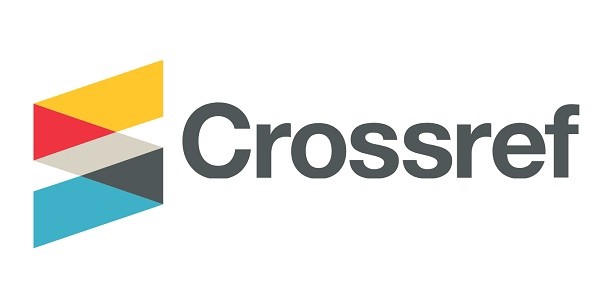Removal of Al+3, Cu+2 and Pb+2 by adsorption applying a natural Zeolite filter
Abstract
The research was framed in the study of the adsorption capacity of Al+3, Cu+2 and Pb+2 ions using natural zeolites, to determine the removal efficiency of said ions in a natural zeolite filter. The adsorbent was characterized physiochemically, the effect of pH was studied according to the metal precipitation graphs, adsorption isotherms were used to evaluate the adsorption capacity, the adsorption kinetics were determined and finally the design and construction was carried out. of the natural zeolite filter. The results indicated that the natural zeolites by DRX analysis are composed of montmorillonite, cristobalite, clinoptilolite, plagioclase and quartz; they have a surface area of 26.87 m2/g; pore volume of 0.36 ml/g and apparent and real density of 0.70 g/ml and 1.82 g/ml, respectively. The natural zeolites show better behavior with Pb+2 and Cu+2 ions at pH=4 and at pH=3.5 for Al+3. They have an adsorption capacity of 1.54 mg Al+3/g of zeolite, 3.19 mg Cu+2/g of zeolite and 7.30 mg Pb+2/g of zeolite; adjusting to the Langmuir isotherm model with R2 values of 97.6% for Pb+2, 99.58% for Cu+2 and 98.39% for Al+3. The kinetics of adsorption was adjusted to the Pseudo Second order model with a kinetic constant of 0.090 g/mg*min. The zeolite filter was designed based on the data obtained from the experimental environment. It is concluded that it is possible to remove Al+3, Cu+2 and Pb+2 ions from aqueous solutions, through the adsorption process applying a natural zeolite filter designed with efficiencies greater than 98%.
Downloads
Copyright (c) 2025 Rosa Maria Guzman Mora, Maeva Laura Valverde Franco, Karen Garces-Porras Garces

This work is licensed under a Creative Commons Attribution 4.0 International License.
Usted es libre de:
- Compartir: Copiar y redistribuir el material en cualquier medio o formato para cualquier propósito, incluso comercialmente.
- Adaptar: Remezclar, transformar y construir a partir del material para cualquier propósito, incluso comercialmente.








